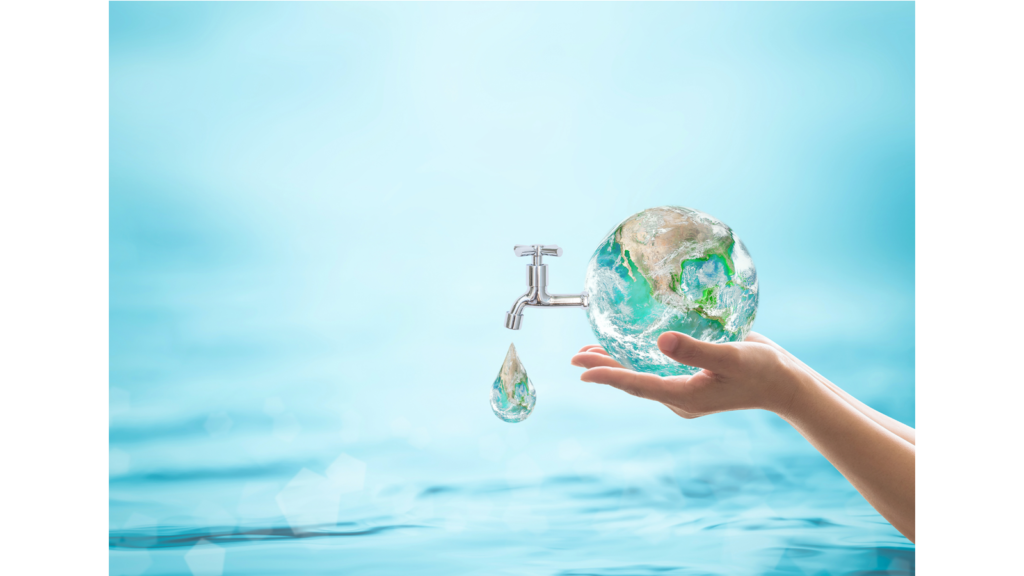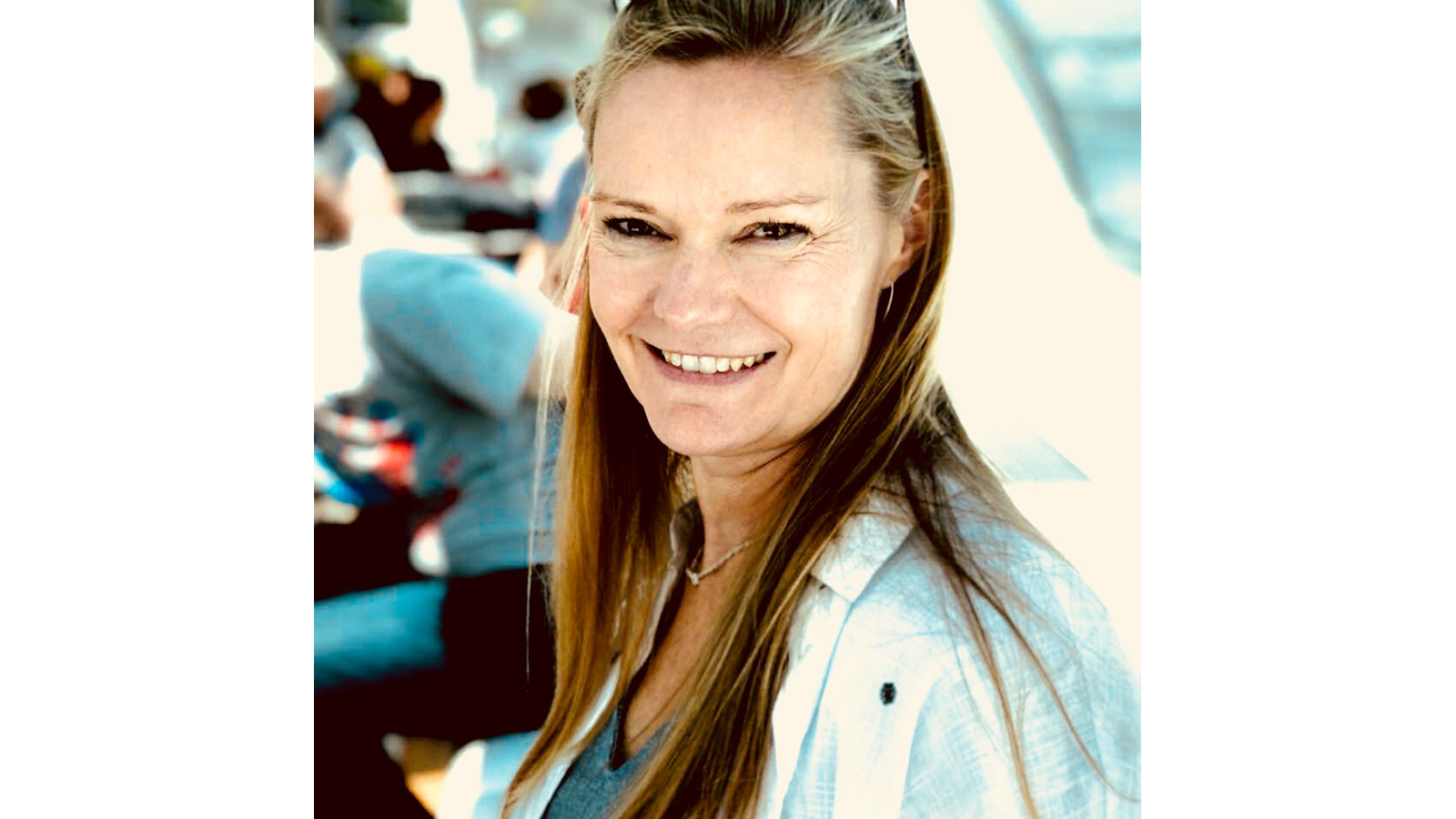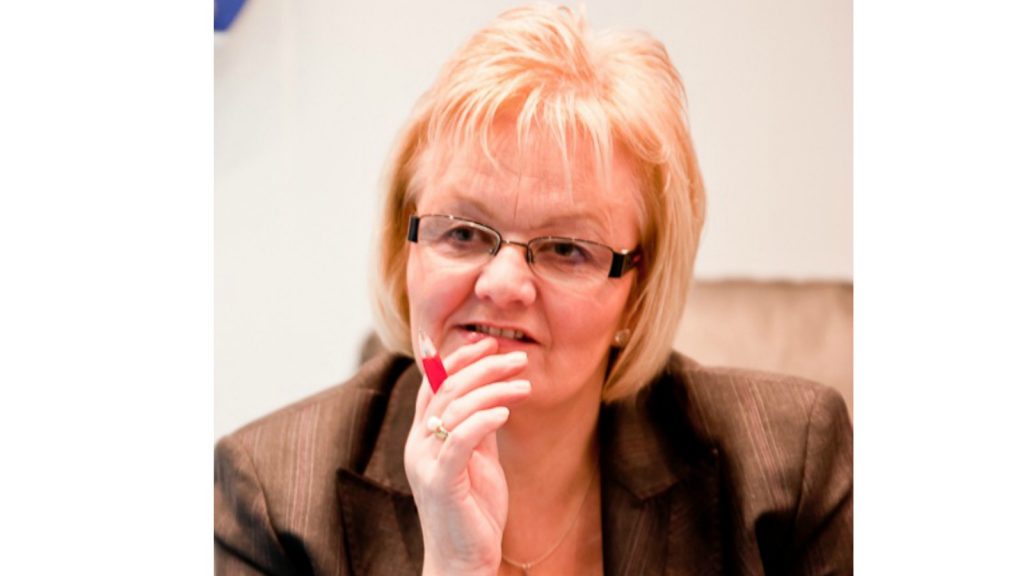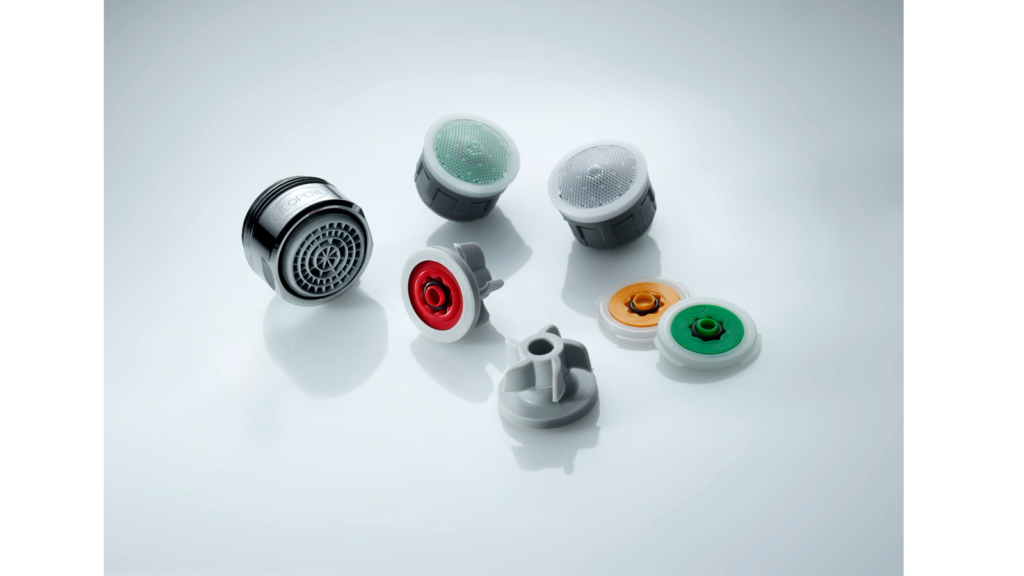We talk to experts in retailing and manufacturing about water efficiency and the need for consideration when specifying and designing bathrooms.

With the Climate Change agenda frequently splashed across the media, and a growing youthquake of opinion led by Greta Thunberg, sustainability is now a mainstream topic.
No longer just a concept for off-grid dwellers, consumers are becoming more aware of how their lifestyle impacts on the environment.
Sponsored Video
Recycling has become second nature, technology has enabled monitoring of energy use and so it’s not implausible that reducing water wastage will be their next focus.
In fact, recent consumer research from the Bathroom Manufacturers suggests it is already high on the consumer agenda, with 80% of respondents stating water efficiency was quite or very important when purchasing a WC or shower.
Population and city growth
The need for reducing wastage is only going to grow as the Environment Agency is already warning within 25 years there will not be enough water to meet demand.
Changes to climate, which could see dryer conditions because of warmer temperatures, are just some of the stresses on water resources.
However, this combined with a predicted population growth to 70million people in the UK in 2026, according to the Office for National Statistics, can further impact on water availability.
Britain is also experiencing urban growth, with many of its cities sprawling, according to lecturer at the University of Cambridge Dr Charlotte Lemanski.
And there has been a slow, upward trend towards urbanisation, or the number of people living in cities in the UK with 3% increase over the last decade. According to Statista.com, 83.4% of people in the UK live in densely populated cities.
All of which means a greater use of resources in a concentrated area, which could further impact on water availability.
Duty of responsible
So do designers now have a duty of responsible to create bathrooms which are sympathetic to the environment?
Should they not only consider the impact of their projects in water use but also help educate consumers on water use?
It is a contentious debate, with bathroom retailers frequently having differing views from those who believe they should “spark up a conversation”, through to those who believe it is a conversation which should only be held if the consumer enquires about water-saving.
So which side of the fence do you sit?
“It’s about sparking up a conversation”
Director of Alon Interiors Sarah Reeve-Daly says bathroom designers have a level of responsibility to encourage water-saving

Only a very small percentage of people have asked about water saving in our Gravesend showroom in Kent.
However, we do feel a certain level of responsibility to encourage water efficiency and to do our bit.
Last year, we researched Water Saving Week and contributed a blog and some ideas on how to cut back on water wastage.
Some of our preferred bathroom suppliers have integrated water-saving technology in their products.
Edens and RAK Ceramics both have big water-saving articles in their bathroom brochures. Quooker also has a section in its brochure regarding water saving.
And we do use these water-saving features as USPs to potential customers, marketing both the monetary and water-saving benefits of such products.
When you explain to customers these technological innovations can save them money in the future, and reduce their carbon footprint, it does change their perspective. It’s all about sparking up a conversation.
The industry needs to raise more awareness about the efficient use of water.
Often, we find, water saving is only spoken about when there is a water shortage.
If people were more aware of the statistics in relation to our water consumption, consumers may be more conscious when buying bathroom products.
It links back to the proportion of clients who ask for water-saving products – there aren’t that many – which raises the red flag that people need to be made more aware.
“Water efficiency should be at the top of everyone’s agenda”
Managing director of the Unified Water Label Yvonne Orgill says retailers are missing a potential sales opportunity

Climate change and population growth are leading to the possibility of severe water shortages. Sir James Bevan, chief executive of the Environment Agency has estimated that by 2050, the amount of water available could be reduced by 10-15%.
He also predicted that many parts of the country will face significant water deficits by 2050, particularly in the south east where much of the UK population lives.
Given these facts, reducing water wastage should be at the top of everyone’s agenda in the bathroom industry.
Around 60% of the water used in the home is used in the bathroom, bathing, showering, washing, brushing teeth and flushing the WC.
There is great potential to save water using the latest bathroom products and changing people’s behaviour so that they use them more efficiently.
Consumer demand
There is a growing demand from consumers, the BMA’s 2018 research into bathroom buying habits, highlighted this clearly.
The BMA research found that consumers would be positively influenced to buy water saving products if they had more information.
The results showed that more than 80% of respondents said water efficiency was quite or very important when purchasing a WC or a shower, yet almost 40% were not made aware of how much water the products would use.
This clearly shows that there is a sales opportunity for retailers and they are missing out if they don’t have this information available.
Many manufacturers offer products that deliver good performance but use less water and energy, expelling the myth that water saving products don’t perform and are unpopular with consumers.
Manufacturers are also now supporting the Unified Water Label (UWL), which provides clear information on how much water products will use.
The independent and entirely voluntary UWL was developed by manufacturers in the UK bathroom industry and is now firmly established across Europe and beyond under the guidance of the European Bathroom Forum.
Manufacturers can display the label, but installers and retailers must seek to promote products that are registered and educate consumers on these options.
Bathroom designers and specifiers also need to have the knowledge to advice on compatibility to help consumer make the right choices.
It will benefit our planet if we all work together to help consumers become more aware and make informed choice about what to purchase.
“Easy to incorporate water-saving innovations”
Marketing manager of Geberit Holly Aspinall offers the WC as a starting point for saving water

Both homeowners and businesses are becoming increasingly mindful of their environmental footprint.
And with sustainability in the industry taking centre stage, it’s vital that bathroom manufacturers, designers and retailers consider the impact their projects and products have on the environment.
Reducing water consumption is considered one of the biggest challenges in the bathroom.
Yet, whether you’re working on a new build or a renovation project it’s easy to incorporate the latest innovations and products which are both simple to install and have a significant impact.
WC starting point
An incredibly simple and effective way of cutting back on consumption is by recommending a smart cistern with dual flush technology, such as the Geberit Sigma concealed cistern.
Typically, traditional flushing systems use as much as 9 litres per flush, which on average adds up to a staggering 33 litres of water used in a standard household per day through flushing alone.
By opting for the latest in behind-the-wall technology consumers can reduce their usage drastically.
Geberit’s Sigma cistern can be reduced to achieve as little as a 4-litre full flush or 2.6-litre reduced flush, significantly cutting water consumption without compromising on aesthetic or functionality.
Similarly, investing in a shower toilet which combines cutting edge smart features with water saving technology is an impressive way of elevating bathroom design.
Geberit’s AquaClean shower toilet, for example, uses WhirlSpray technology and gentle oscillating spray with dynamic aeration to provide a “fresh-out-of-the-shower feeling,” but importantly only uses minimal levels of water.
Ultimately, industry-leading manufacturers like Geberit have paved the way for water efficient products and eco-friendly innovations in the bathroom.
As consumers continue to become more concerned with sustainability in the home, it is important that both retailers and designers focus on creating spaces that combine elegance, style and practicality with strong green credentials
Flow regulators: “Great way to make a big difference.”
Managing director of Neoperl Kevin Gates explains the importance of flow regulators and aerators to reduce water use

There is now a growing appetite by all in the KBB market to save water as we are all conscious that these two rooms account for the highest usage of water consumption in the home.
According to Waterwise, the water saving campaigning body, baths and showers alone account for 34%.
Flow regulators and aerators can play an enormous part in reducing the amount of water we use.
Today these devices can be retrofitted so we can all now do our bit to help the environment.
Flow regulators
Flow Regulators ensure that a constant water flow rate is maintained through an appliance, regardless of water pressure fluctuations.
They are used today in taps, showers, water heaters, boilers and many other applications.
They are a small hidden component that are often coupled with aerators, a component positioned in the spout of a tap, that shape the water to produce a non-splashing stream and add air to make the water pleasantly soft.
A flow regulator works by using an integral dynamic control ring (DCR) at its core.
As water flows through it and as the pressure fluctuates, the DCR deforms into the core of the flow regulator, either reducing or increasing the size of the orifice, to enable a stable and constant flow rate, independent of pressure.
Used in combination with aerators they regulate the flow, saving both water and energy.
Retrofit regulators
Not all shower heads or taps have these devices installed within them yet.
If you consider that a European standard shower head can produce circa 18 litres of water per minute at 3 bar of pressure, using a flow regulator would reduce this dramatically, by up to 70% depending on the desired flow rate.
A combined aerator with flow regulator can also be retrofitted to existing taps to save water and improve performance.
They are a great way to make a big difference in water saving and it simply requires a stand-alone flow regulator incorporating into the shower head or shower hose or dual core aerator in the spout of a kitchen or bathroom tap.
Encourage your customers to join the water-saving drive and make them aware of these effective solutions.



